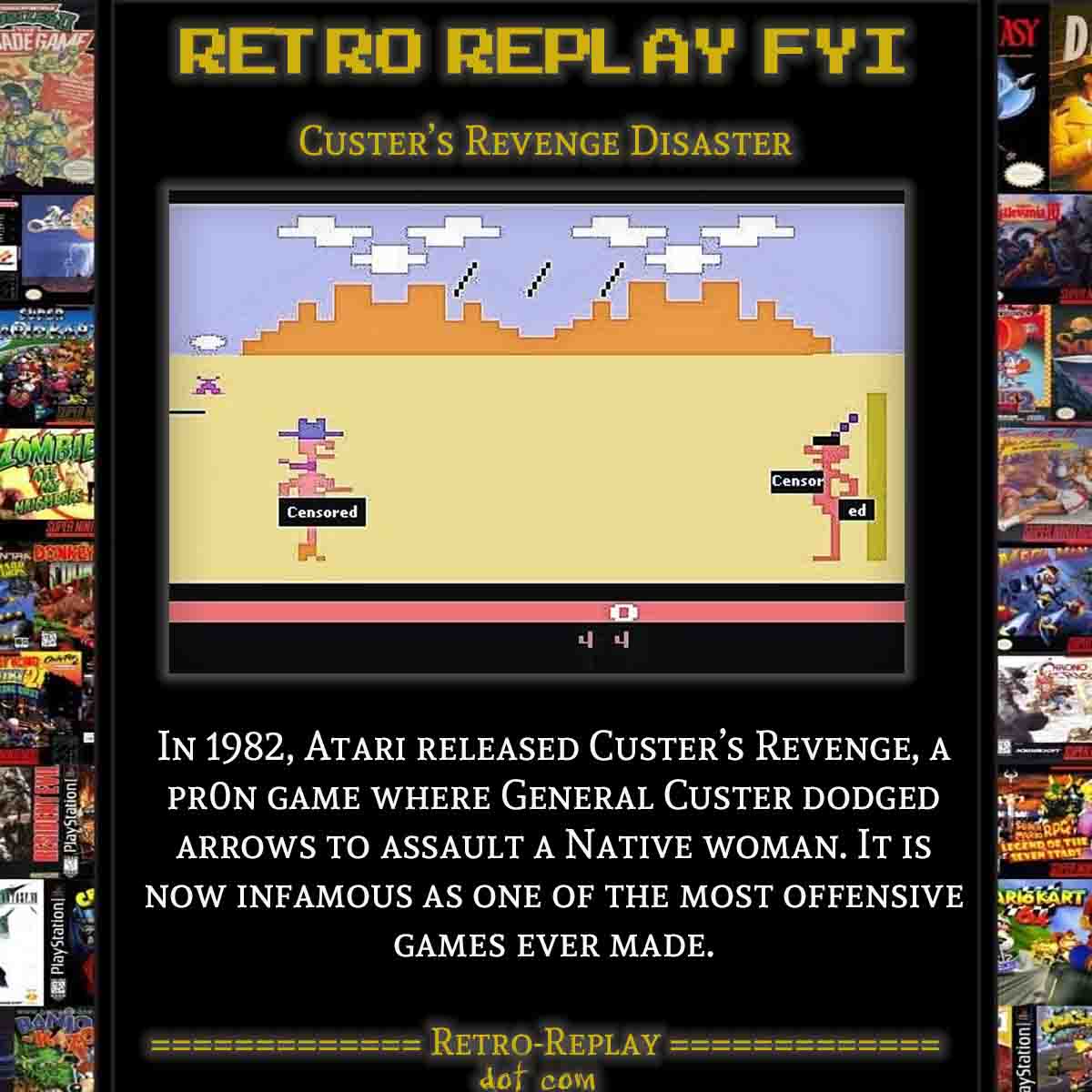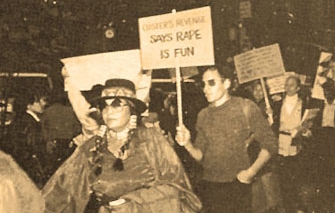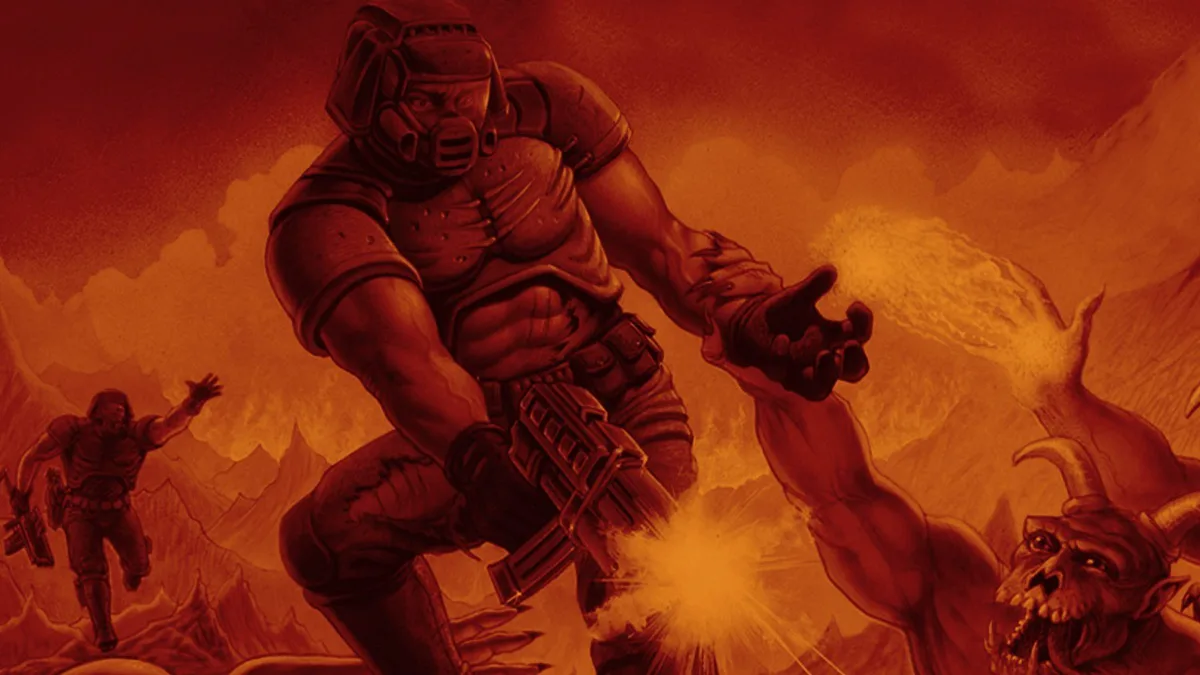Atari Crosses the Line
In the early 1980s the video game market was booming and the Atari 2600 sat in living rooms everywhere. In 1982 a small publisher called Mystique released Custer’s Revenge for the Atari 2600, pitching it as an adults only title. The premise was crude and simple, and it immediately drew attention for all the wrong reasons.
(HEY YOU!! We hope you enjoy! We try not to run ads. So basically, this is a very expensive hobby running this site. Please consider joining us for updates, forums, and more. Network w/ us to make some cash or friends while retro gaming, and you can win some free retro games for posting. Okay, carry on 👍)
Players guided a caricatured General Custer across a screen while dodging arrows so he could reach a bound Native American woman. The so called reward was a depiction of sexual assault, rendered with blocky sprites that did nothing to blunt the subject matter. Even by the anything goes standards of the era, this crossed a line that many players and observers were not willing to ignore.
The game’s notoriety spread quickly. News coverage and word of mouth made it a household name even among people who never touched an Atari joystick. Its reputation came not from innovative design or fun gameplay but from a provocative premise that shocked parents, kids, and critics alike.
(Custer’s Revenge – Wikipedia)
Public Outrage and Controversy
Reaction was swift. Women’s rights organizations and Native American groups condemned the game as degrading and racist. Community leaders complained to retailers, and some stores refused to stock it after seeing both the box art and the in game content.
Mystique positioned itself as a maker of adult software, but Custer’s Revenge went beyond cheeky risqué humor. It trivialized assault and leaned on stereotypes, which pushed the conversation from taste to ethics. The public backlash turned the cartridge into a cultural lightning rod that symbolized the worst impulses of early video game shock value.
Ironically the controversy helped copies circulate through curiosity and underground sales. While many retailers backed away, collectors and thrill seekers hunted it down precisely because of the headlines. The more people protested, the more the game’s infamy grew.

Legacy of Infamy
Decades later Custer’s Revenge is studied less as entertainment and more as a cautionary tale. The gameplay is shallow and repetitive, and the only reason it endures in memory is the scandal around its premise. It shows how a search for attention can eclipse craft and leave a long stain on a platform’s history.
The episode also helped fuel discussions about content guidelines and age ratings in games. Long before modern systems existed, parents and advocates pointed to titles like this as examples of why clearer standards were needed. The debate pushed the medium toward more responsible ways to label and sell games without stifling creativity.
For retro historians the cartridge remains a stark reminder that not all nostalgia deserves celebration. It is part of gaming history, but it is remembered for the harm it portrayed rather than for anything it contributed to design or fun. Its legacy is a warning about what happens when provocation becomes the entire point.
 Retro Replay Retro Replay gaming reviews, news, emulation, geek stuff and more!
Retro Replay Retro Replay gaming reviews, news, emulation, geek stuff and more!




